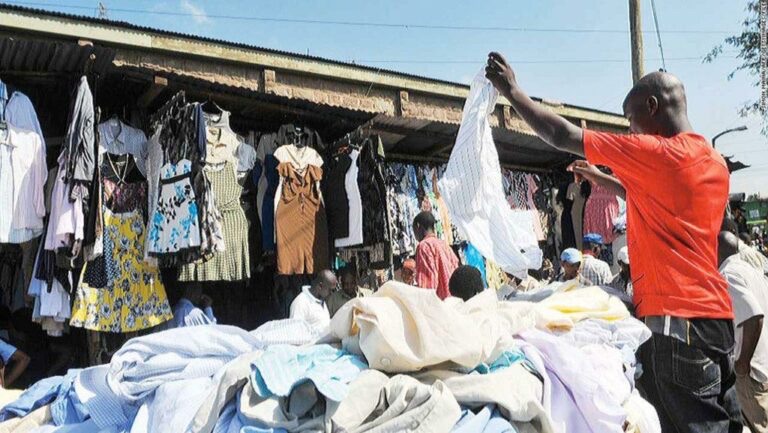According to Business Insider, the latest trade data compiled by the United States-based Massachusetts Institute of Technology (MIT) indicated that Kenya imported used clothing worth Sh38.5 billion ($298 million), a 12.45 percent increase from the previous year.
The rise highlights Kenya’s growing reliance on affordable second-hand garments, known locally as “mitumba,” which include underwear, dresses, shirts, trousers, jackets, shoes, bedding, towels, and curtains.
An analysis of MIT’s observatory of economic complexity indicates that Kenya’s imports of second-hand clothes and textiles in 2022 were nearly equal to Nigeria’s at Sh34.5 billion ($265 million), with South Africa ranking third at Sh33.76 billion ($261 million).
In 2021, South Africa was the leading importer of used clothes and textiles, though the country restricted such imports, except for specific purposes such as manufacturing industrial wiping rags or donating to registered charities.
In 2023, Ghana ranked as the second-largest importer of second-hand clothes, with imports valued at Sh30.4 billion. South Africa followed at Sh29.4 billion, with Uganda at Sh27.2 billion and Nigeria at Sh27 billion.
Despite Nigeria’s larger population and official ban on used clothing imports, Kenya now leads the continent in the trade.
Recent tax policy changes, including the removal of the import declaration fees (IDF) and the railway development levy (RDL), are expected to further increase mitumba imports in Kenya. Manufacturers have kicked against these changes, arguing that they undermine local industry.




